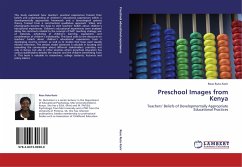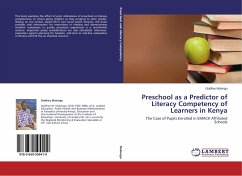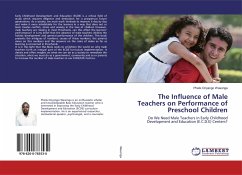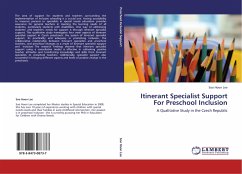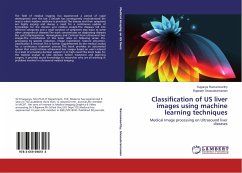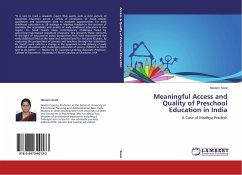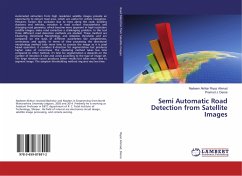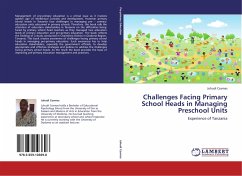This study examined how teachers practical experiences framed their beliefs and understanding of children s educational experiences within a developmentally appropriate framework and a bioecological systems theory, framed from a constructivist qualitative approach. Video and photographs became the basis to elicit teachers beliefs about children s educational experiences. Children s educational experiences were analysed along five constructs related to the concept of DAP; teaching strategy, use of materials, scheduling of children s learning, assessment, and consideration of children s individuality. This book adds to the discourse on teachers beliefs about children s educational experiences from a developing country context, as well as to studies that have used visually elicited interviews. The seesaw model advanced is valuable in locating and extending the conversation about different stakeholders priorities, not only in Kenya, but also in other societies where preschool education has various stakeholders besides the teacher and the children benefitting from it. This book is valuable to researchers, college students, lecturers and policy makers.
Bitte wählen Sie Ihr Anliegen aus.
Rechnungen
Retourenschein anfordern
Bestellstatus
Storno

